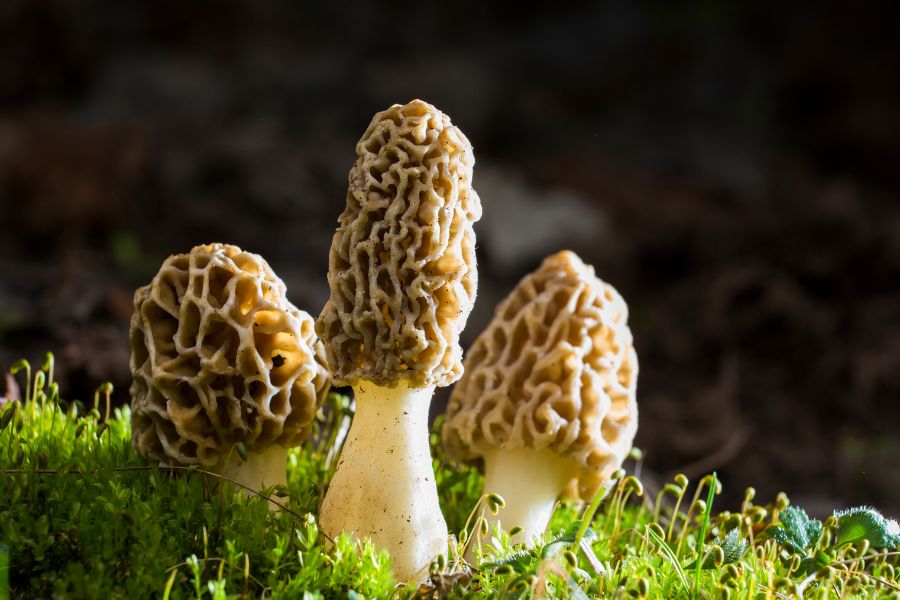The earliest spring bounty predominately grows near water. Forage moist areas with rich soils. Deciduous forests near creeks and streams are some of the best places. Everyone can enjoy a nice walk by a creek in the spring, right?
It was often early spring fishing that brought me to the creeks and streams. There I learned all about the wild edible plants growing along the water’s edge.
A Quick Reminder
Before we get into the specifics about where and how to find these plants and mushrooms, we want to be clear that before ingesting any wild plant or mushroom, it should be identified with 100% certainty as edible by someone qualified and experienced in mushroom and plant identification, such as a professional mycologist or an expert forager. Misidentification can lead to serious illness or death.
All plants and mushrooms have the potential to cause severe adverse reactions in certain individuals, even death. If you are consuming wild foragables, it is crucial to cook them thoroughly and properly and only eat a small portion to test for personal tolerance. Some people may have allergies or sensitivities to specific mushrooms and plants, even if they are considered safe for others.
The information provided in this article is for general informational and educational purposes only. Foraging involves inherent risks.
Invasive Species
So many invasive species have made their way across the oceans to our continent. Some are worth foraging.
Japanese Knotweed

Trout fishing with my father, there is a particular creek bank, early as mid-March, that has those small strange heads of Japanese knotweed protruding from it. This invasive species is something of a false rhubarb. It has that tart flavor and crisp texture.
Before long the heads will grow into tall bamboo-looking plants with branches and many leaves that resemble the red bud. They also have collections of tiny white flowers. To me, it always stands out as foreign amongst the native plants.
This hollow crisp perennial will return year after year. It prefers to be close to water. Treat it the same way you would use rhubarb.
Garlic Mustard
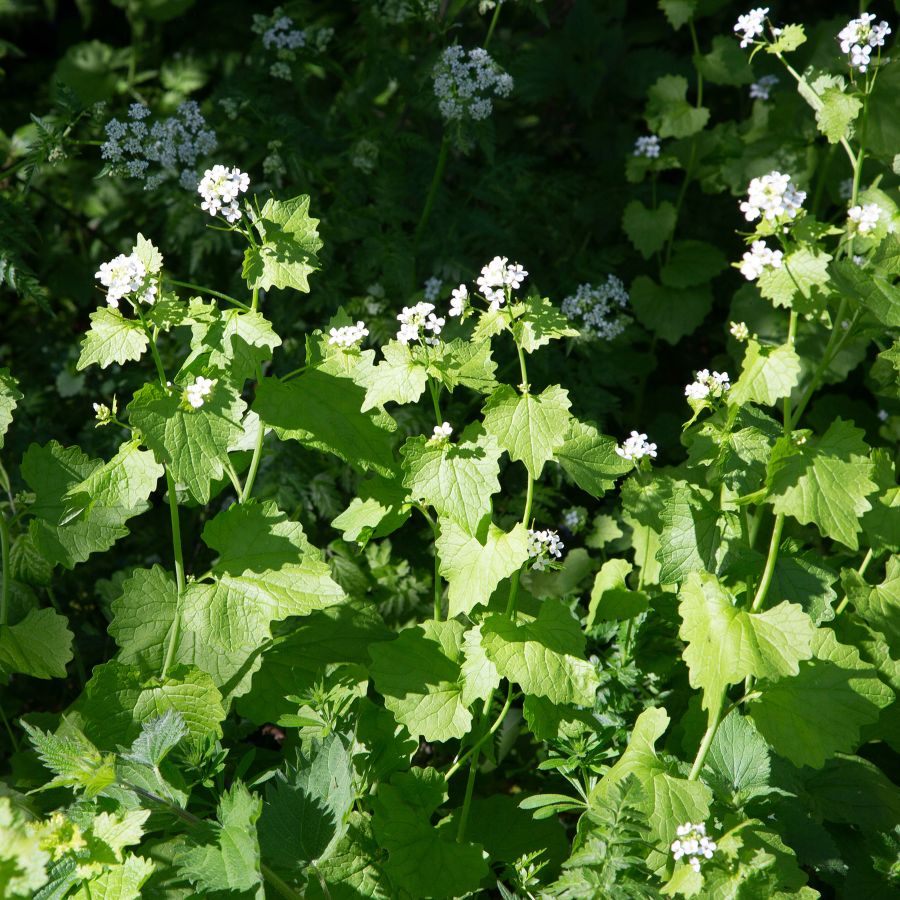
Another spring delicacy that most people overlook is garlic mustard. Along the banks of the James River here in Richmond, Virginia, I can harvest as much of this stuff as I could ever carry.
When you are foraging these invasives you can take them all, you will be doing the environment a favor!
The triangular gnarly toothed leaves are easy to identify. The tops of the plant give off bunches of small four-petaled white flowers, too. In my opinion, garlic mustard looks a lot like stinging nettle. They are both a great find.
This is a bitter green that is packed with nutrition. Don’t eat too much garlic mustard in your first sitting as it can be hard on the stomach if you don’t normally eat leafy bitter greens.
Chefs Corner
Some spring wild edibles are so delicious they make it onto the menus of top restaurants around the corner. I was a chef for years and we loved to talk about the coming spring season with wild asparagus, ramps, and fresh morels to put on the menu.
Morels

I wouldn’t typically categorize mushroom foraging as anything simple. However, there are a few exceptions and morels are one of them. The morel is a very distinct mushroom in its appearance and its spring season.
There is only one dangerous look-alike to worry about and it is called the verpa. It is very easy to tell apart from the morel. A morel is one solid piece. From the stem to the top, there is nothing that should pull away.
The verpa is a stem with a long cap that mimics the look of a morel mushroom. A little side-by-side inspection will tell you all you need to know.
Ramps

Delicate baby leeks, also called ramps, are a true delicacy of the spring.
They usually pop up in deciduous forests from March to mid-April depending on climate. They should have a pungent onion or garlic aroma and young broad leaves spanning 3 1/2 inches. The leaves of young ramps can be as long as 12 inches.
Ramps are delicious sliced up and cooked in butter. They are great in spring soups, too.
Wild Asparagus

Don’t think of those robust stalks you might be used to getting at the supermarket or having served up at a steak house. Wild asparagus is much thinner.
Seek out wild asparagus near a water source. It won’t grow in the soil but it prefers the loose soil around it.
The biggest problem most people have with identifying asparagus is that the plant, when mature, looks nothing like what you would associate with. The asparagus plant actually puts out long yellow stems with fronds. It even produces red berries!
Catch wild asparagus early and you will be in for a feast.
Front Yard Bounty
From the five-star menu to the humble front yard bounty, these wild edibles are not the ones to hunt for. There is a good chance you will walk right by them on your way to the car.
Dandelions
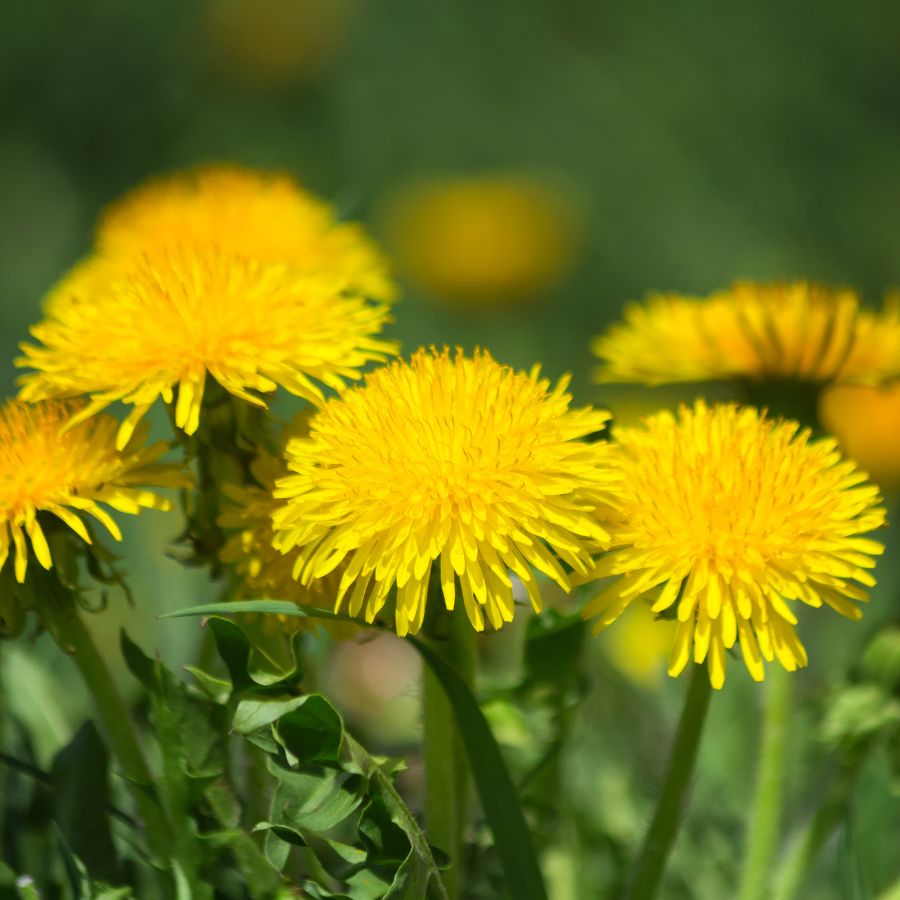
My neighbor walked me down the hall to his closet and opened it up to reveal his washer and dryer. I was not impressed. Then he pulled a glass bottle off a shelf that was just above the machines.
He had been aging some dandelion wine. It was a beautiful color and the perfect example of how this humble flowering weed can be made into something incredible.
The flowers, the young leaves, and the roots are all edible. One of my favorite treats in the spring is dandelion bread made with yellow flowering heads of the plant. It adds a very unique flavor to the bread and looks great, too.
Dandelion root can be roasted, ground, and brewed into something like a nutty earthy decaf coffee.
Plantain
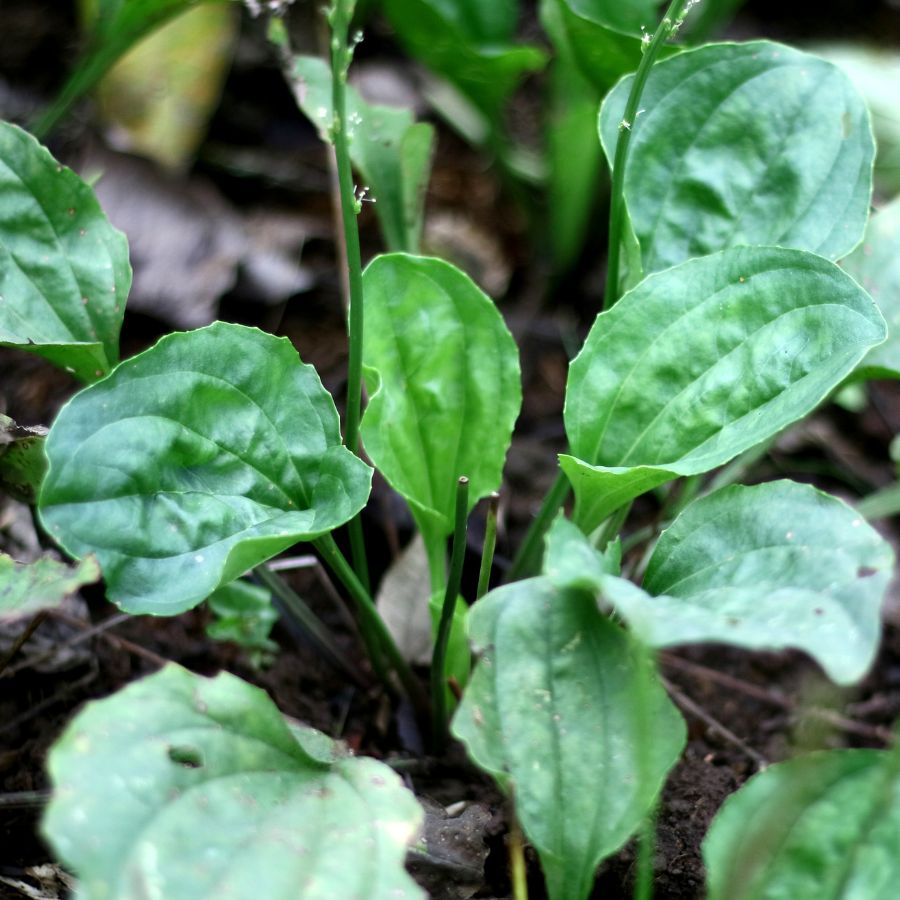
Broad-leafed and popping up everywhere, I think plantain should carry the nickname Front Yard Spinach. When common plantain is young, early to mid-spring, it’s delicious to eat raw or sauteed with some minced garlic and butter.
As plantain matures, it gets more fibrous and less appealing to eat raw. Still, this stuff is so accessible it makes sense to use as much of it as you can.
Common plantain also has medicinal properties. It can be made into tea or used as a poultice for healing wounds.
Chickweed
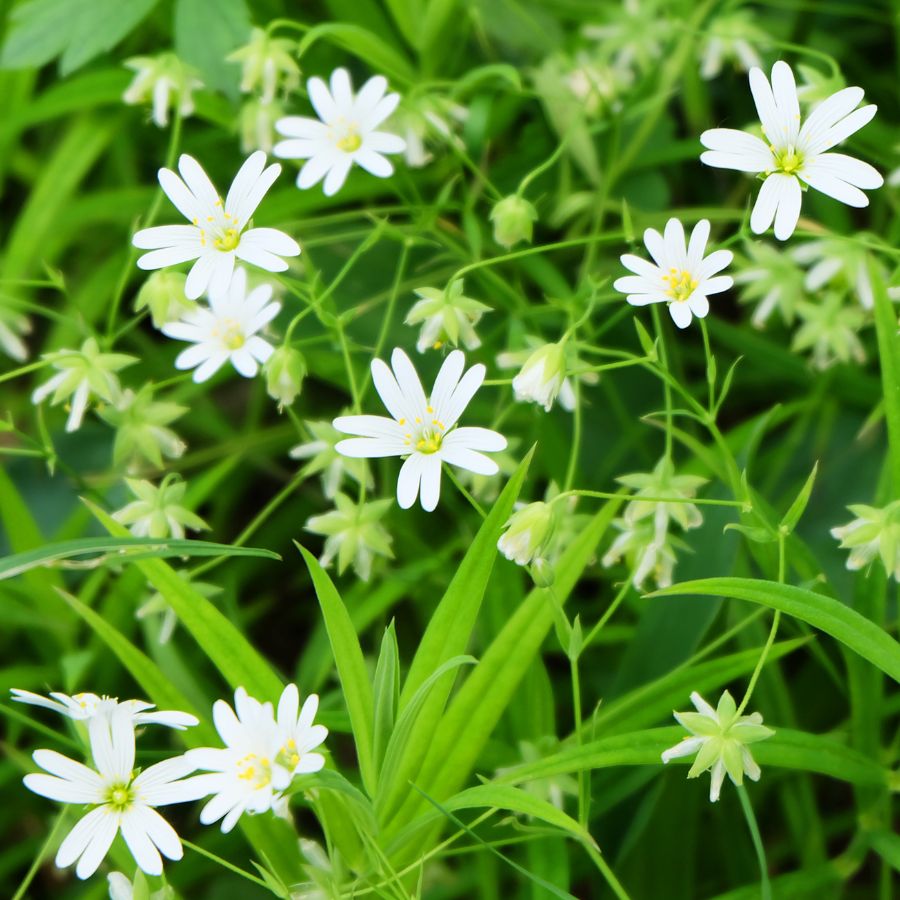
This mild-flavored plant is very refreshing when eaten raw. It is an incredible addition to salads. One of my favorite things to do with early-season chickweed is to harvest a few handfuls. I rinse them with my water bottle and snack on them while I am searching for other wild edibles.
When you find chickweed, you find a lot. It often grows into large mats, which makes it very easy to just pull a few handfuls and carry on. Look for a low-growing plant with small star-shaped white flowers and oval-shaped leaves that vary in size up and down the length of the plant.
The leaves are small and delicate with a mild baby spinach-like flavor. The stems are refreshingly crisp, and the flowers even have a bit of a sweet flavor.
Curly Dock

My home sits on a downhill slope and every year at the top of the hill we get some wonderful specimens of curly dock. It’s one of the earliest plants to appear and the long leaves form an early basal rosette.
Curly dock is a tasty spring plant with tender and tangy leaves. When the curly dock is young the leaves are a delight. They are a bit tangy but have a lot of character. As summer moves in they will become a little tough.
The root of curly dock can also be foraged and stored for medicinal uses.
Lamb’s Quarter
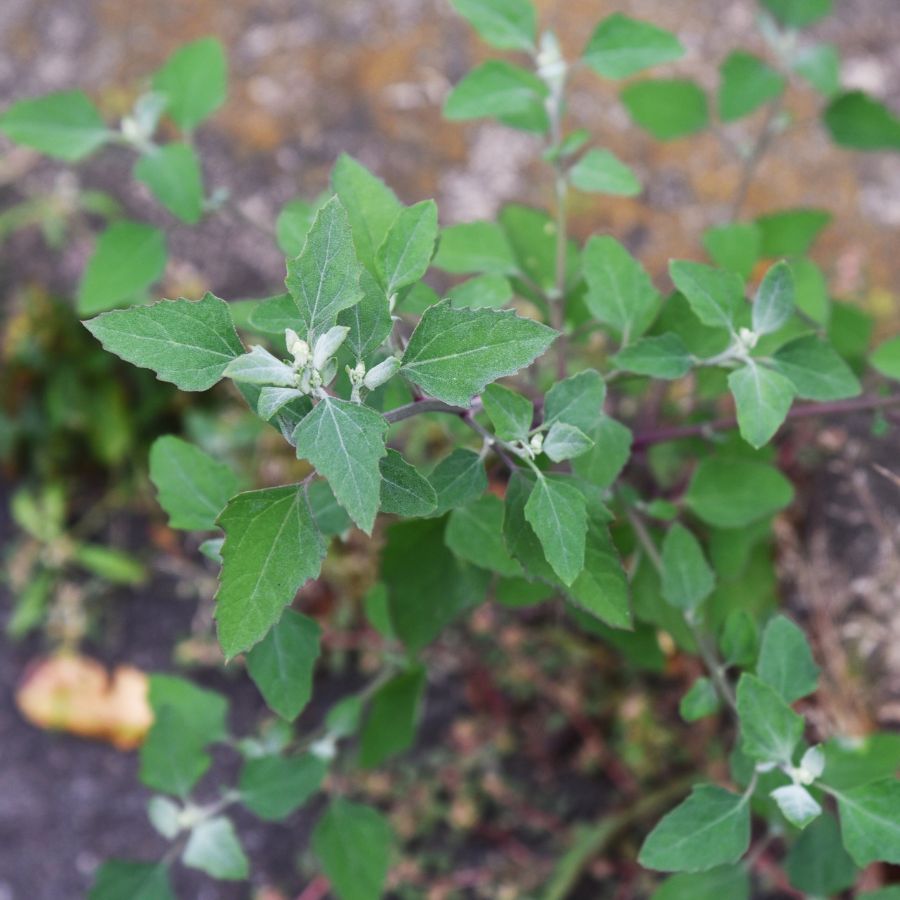
As you taste more and more wild spring food you will find yourself remarking, tastes like spinach.’ Lamb’s quarter is similar, but it is even healthier than spinach. It is an absolute calcium powerhouse with almost 500 mg in a single cup of chopped lamb’s quarter.
Also called goosefoot because of the shape of its leaves. Look for lamb’s quarter after the last chance of frost in your area. It shows up wherever you have a combination of direct sun and disturbed soil.
The leaves are broader near the bottom of the plant and have round teeth. Look for the youngest leaves, which have a powdery coating that can be wiped away. This is a dead giveaway for lamb’s quarter.
Purple Dead Nettle

I must mention the furry-leafed dead nettle because it is one of the earliest risers. In fact, you can even find purple dead nettle towards the end of the winter. Young dead nettles look a lot like mint or lemon balm. The leaves are very similar looking.
Many say that purple dead nettle got its name because it looks like nettle but doesn’t sting. However, I see lemon balm when I look at young dead nettle. The tiny purple flowers are small and gorgeous if you look at them up close.
It is a very interesting tasting weed that tastes almost peppery. It shows up in yards as well as open fields.
Young Burdock

When burdock grows up it looks like something out of the Super Mario Brothers video game franchise. Its flower head is covered in spikes and tubular purple flowers come from the top. In spring, it first appears as basal leaves and these leaves are tasty early in the season.
Seek out young burdock along walking paths as the seed burs are often spread around between humans and animals. You must harvest the leaves before the plant enters its flower phase as the already bitter leaves get even more bitter.
Cattail Shoots

The first cattails that I forage each season are poking out of bass fishing ponds. In late March, the large bass start moving around and the cattail shoots start appearing, too.
The best time to eat this is when they are young in the early to mid-spring. Like many other plants, they get fibrous with time. The shoots taste a lot like cucumbers. They taste great sliced and salted, just as a simple snack.
I have never pickled them, considering they are so popular with cucumbers. It might be worth jarring up some cattail shoots in a garlicky dill pickle this year.
One Final Disclaimer
The information provided in this article is for general informational and educational purposes only. Foraging for wild plants and mushrooms involves inherent risks. Some wild plants and mushrooms are toxic and can be easily mistaken for edible varieties.
Before ingesting anything, it should be identified with 100% certainty as edible by someone qualified and experienced in mushroom and plant identification, such as a professional mycologist or an expert forager. Misidentification can lead to serious illness or death.
All mushrooms and plants have the potential to cause severe adverse reactions in certain individuals, even death. If you are consuming foraged items, it is crucial to cook them thoroughly and properly and only eat a small portion to test for personal tolerance. Some people may have allergies or sensitivities to specific mushrooms and plants, even if they are considered safe for others.
Foraged items should always be fully cooked with proper instructions to ensure they are safe to eat. Many wild mushrooms and plants contain toxins and compounds that can be harmful if ingested.

